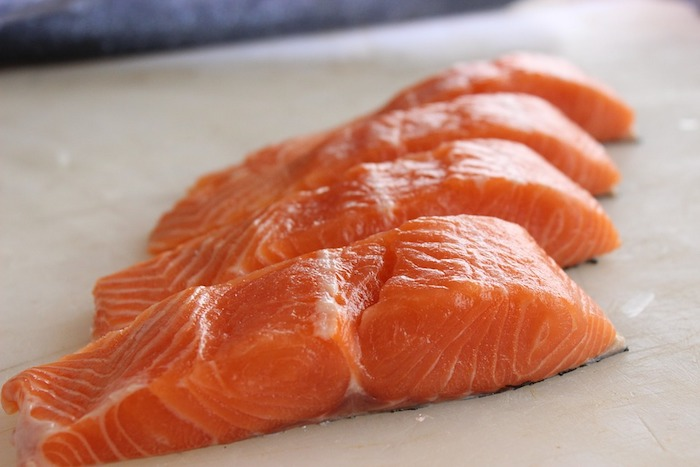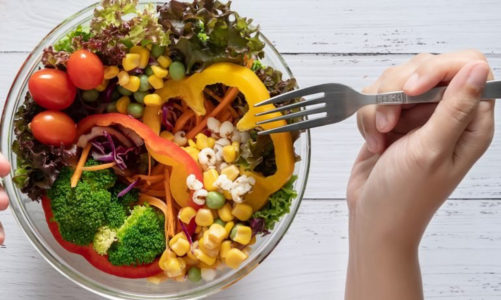It cannot be very clear to read the labels and decide which salmon type to purchase when we want to eat well, consciously, and save our hard-earned money. Here are some tips and tools that will help you when you look for Salmon Fish For Sale.
Make Your Fishmonger A Friend
Ask your fishmonger where you shop about the freshness of the fish in your fish case. Also, ask if the fish has been frozen or thawed previously. Finally, ask the fishmonger what fish are in season. Fresh fish like salmon are seasonal, just as asparagus and peaches. You will get the best product and the lowest prices if you buy in season, especially during peak season.
Ask questions
Always inquire about when your shipment arrived and whether it was frozen (not necessarily bad). I prefer to shop in markets that have North Sea Herring on ice in refrigerated glass cases. The counters and fish look cleaner and are protected from the sun, flies and other potentially harmful conditions. Avoid pre-wrapped fish. Avoid fish that smells strongly of fish and walk away from the market immediately!
Do your research
Download the Monterey Bay Seafood Watch Guide now on your tablet or smartphone. This is a comprehensive, up-to-date guide that covers all types of seafood. It categorizes each species as either a good choice, a better alternative, or a species to avoid due to environmental factors, fishing practices, or sustainability. Each type of seafood that you purchase should be clearly labeled. It should include the origin of the seafood, as well as whether it was wild-caught or farmed.
This is a quick guide to seafood labelling:
- Commercial or tribal fishers may catch salmon in their native waters using drift-gill net, purse-seine, or troll fishing techniques. All of these methods are strictly regulated by state fishery agencies. Many salmon taken off the Pacific coast are raised in hatcheries. About 30 percent of Alaska’s salmon catch is hatchery-reared. The hatcheries in the lower 48 states account for over half of all salmon caught.
- Organic or certified organic USDA does not have standards for aquatic species and should not label any fish or seafood as “certified organic.” Only crops and animals raised on land meet the strict USDA guidelines eligible for the USDA organic seal. The majority of salmon labelled organic comes from farmed salmon raised in the North Atlantic off the coasts, Nova Scotia, Ireland, and Scotland. For over fifteen years, organic certification has been in effect across Europe.
- All-Natural Farm-Raised Salmon and Environmentally Sustainable Salmon. This marketing language is not regulated and applies to farmed salmon. Aquaculture businesses have begun to adopt environmentally responsible aquaculture practices. This includes reducing stocking density, using organic or plant-based feed, raising salmon without antibiotics, and using natural pigments. The use of pesticides to control sea lice is strictly restricted.
- Salmon from conventionally farmed salmon: Multinational corporations often raise Atlantic salmon in large farms. They use dense stocking practices, non-organic feed, antibiotics to protect the salmon’s health, and pesticides for disease control.




